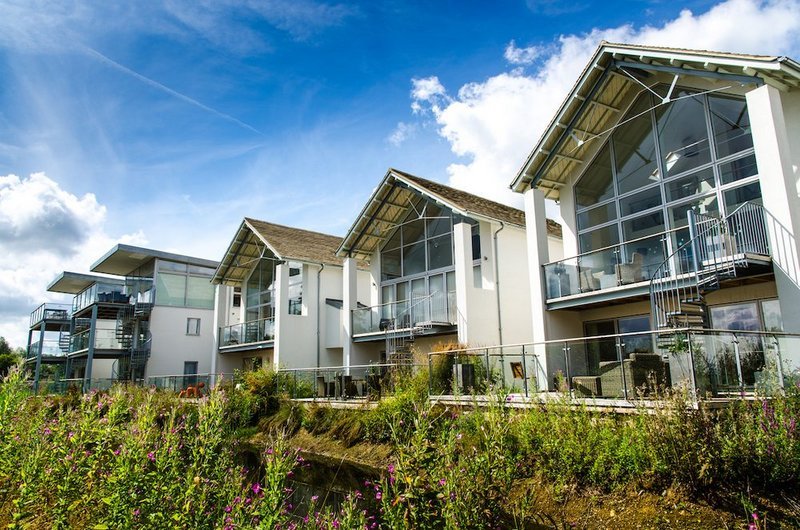The RIBA has provided a comprehensive guide regarding Biodiversity Net Gain.
The Royal Institute of British Architects (RIBA) has provided a comprehensive guide outlining the legislative areas that architects need to be familiar with regarding Biodiversity Net Gain.
As November's implementation approaches, understanding these key aspects is crucial for architects to design sustainable, nature-positive developments.
Here are some key takeaways:
🌳 Mitigation Hierarchy: The guide emphasises the importance of a mitigation hierarchy, prioritising avoidance, minimisation, restoration, and offsetting in design processes. By incorporating this hierarchy, architects can optimise biodiversity gains and contribute to the preservation and enhancement of existing natural habitats.
🌍 Proximity Principle: The Proximity Principle plays a vital role in balancing on-site and off-site measures. Architects are encouraged to explore on-site solutions such as green roofs and wildlife-friendly landscaping first. If necessary, they can then consider off-site measures close to the development. This integrated approach ensures a comprehensive and sustainable outcome.
🌺 Local Nature Recovery Strategies: Architects are encouraged to identify and align with local nature recovery strategies. By engaging with regional stakeholders, they can tap into unique biodiversity opportunities and create developments that are not only environmentally friendly but also culturally and contextually sensitive.
🔗Link to article here

